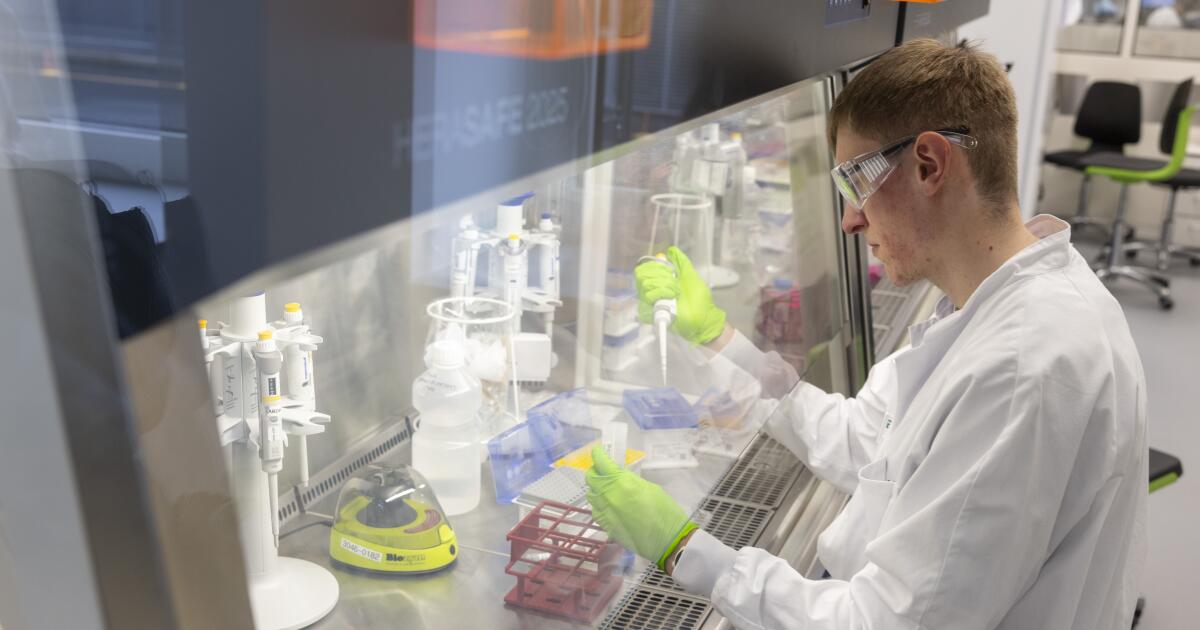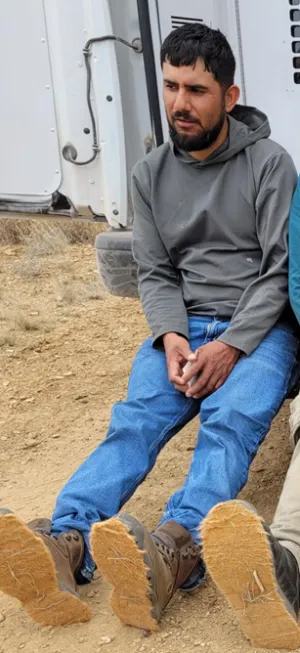
Newly announced tuberculosis exposures at San Diego City College are a reminder that the disease has returned to its pre-pandemic levels. The latest infections are a warning for those who might have become infected, but they are also proof positive that the ongoing efforts to eliminate TB have not yet turned the tide.
San Diego County recorded 243 TB cases in 2023, continuing a gradual upward climb from a low of 193 in 2020, when COVID-19 restrictions pushed down the incidence of most communicable disease. A similar post-pandemic TB trend has been observed nationwide.
Last year’s number, noted Dr. Jeffrey Percak, medical director and chief of the county’s Tuberculosis Control Program, are similar to those regularly logged before the pandemic.
“In 2019, we saw 264 cases, so only time will tell whether or not we level off or see more increases this year,” Percak said.
The hope, though, is that this TB trend will reverse direction.
About 85 percent of active tuberculosis cases, Percak noted, started out as latent infections where the bacteria that causes the disease lingers in the lungs, held in check by the immune system, causing no symptoms.
Only about 5 percent of infections become invasive, meaning that humans are an enduring reservoir of TB persistence long after the nation closed the tuberculosis clinics that were once a part of the nation’s medical landscape.
Antibiotics turned the tide, but had side effects, including increasing the chances of liver damage. It has been difficult to convince people with latent infections to take isoniazid, the common treatment for decades, because a full course lasts six months and can commonly cause a range of side effects such as clumsiness, loss of appetite, fatigue and numbness or tingling. More rare side effects include blurred vision, seizures, joint pain and depression.
Many have avoided treatment of a latent infection after learning just how onerous the cure was. But that fear is based on old information. For years now, there have been easier options, and a big part of the nationwide campaign to eliminate TB is getting the public to realize that what they may have heard about treatment in the past is no longer true.
“One of the strongly recommended treatment options today is an antibiotic called rifampin which can be taken daily for four months,” Percak said. “It’s better tolerated and has a lower risk of liver toxicity.
“There are even some three-month options, including a once-weekly 12-week regimen where you take more pills but it’s only once per week.”
All, he added, are covered by health insurance.
While it’s relatively easy to get people with symptoms to take TB medication, getting the estimated 175,000 across the region with latent infections to accept treatment is the key to eliminating the disease, which is the stated goal of the county health department’s TB Elimination Initiative, which launched in 2020 and mirrors similar efforts nationwide.
What’s needed is influencing what the public health world calls the “cascade of care.”
“First, you have to know you’re at risk, you have to get tested, you have to be able to get those results back and, if they’re positive, get a chest X-ray to exclude active TB,” Percak said. “Then preventive treatment can start.”
Some risks are obvious, such as those who the county warned late Thursday were exposed to a person with an active case at San Diego City College or its associated early education center, from Sept. 15, 2023 through Feb. 29.
While those known to have had close and prolonged contact with the symptomatic individual or individuals have already been notified, the bacteria that causes tuberculosis is airborne, meaning it’s difficult for public health investigators to determine everyone who could have been infected.
TB symptoms include persistent cough, fever, night sweats and unexplained weight loss.
Those with questions about the exposure can call the county TB Control Program at (619) 692-8621.
Beyond those who are caught up in a specific exposure, those with compromised immune systems, or who are on medications that suppress the immune system, are at increased risk.
“People who take biologic drugs for conditions like psoriasis or Crohn’s disease, people living with HIV or who are on immunosupressive medications due to organ transplants are at increased risk,” Percak said.
Those with diabetes or chronic kidney disease also face increased risk that a latent infection, which many linger undetected in the body for years, will become active.
People who would like more information on the City College exposure should call the County TB Control Program at (619) 692-8621.






